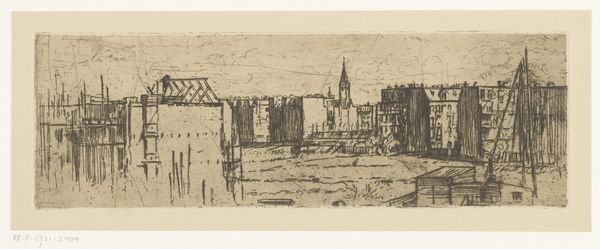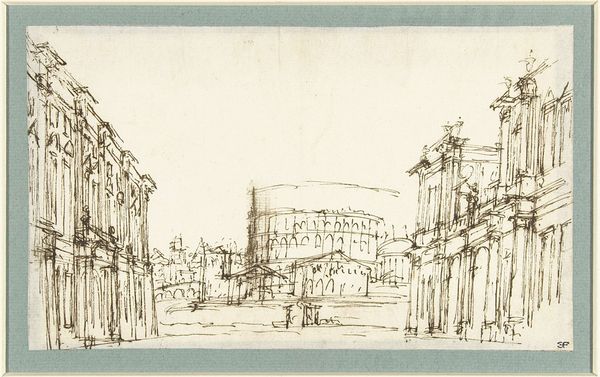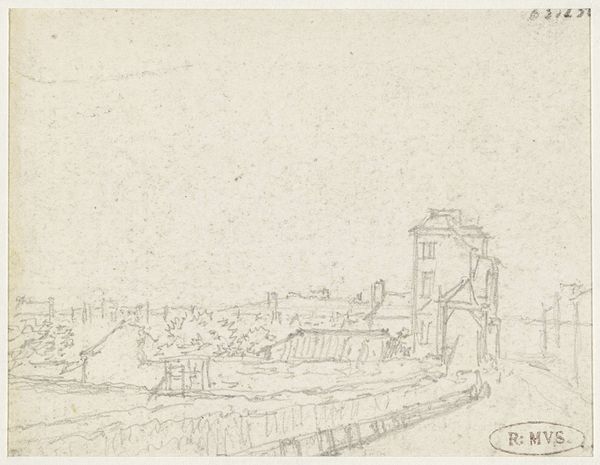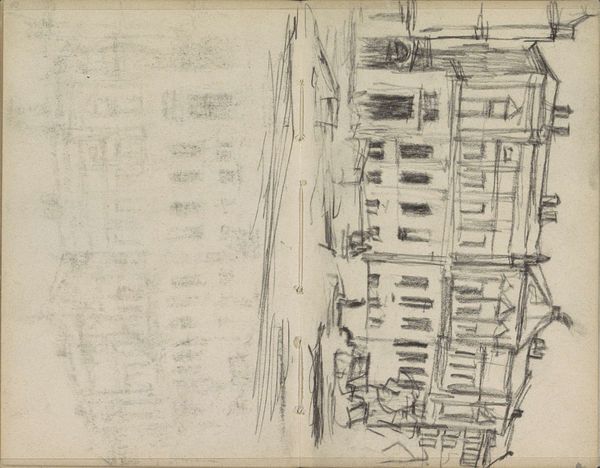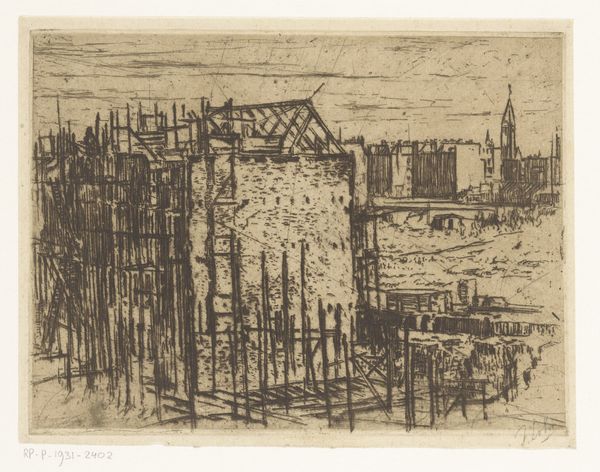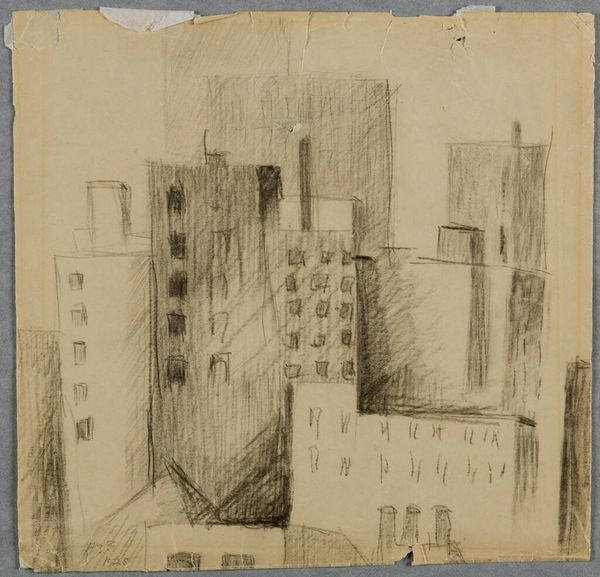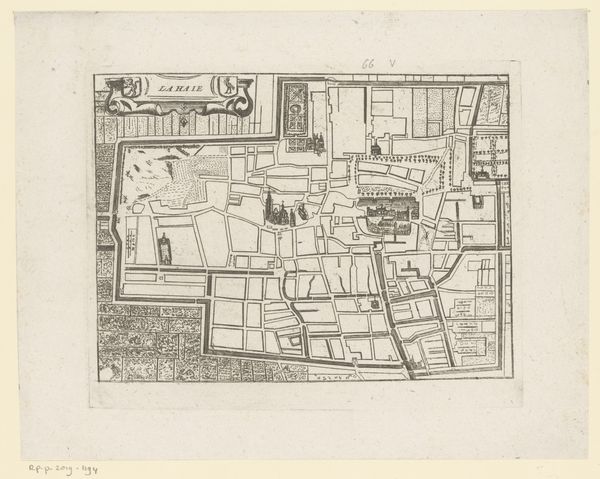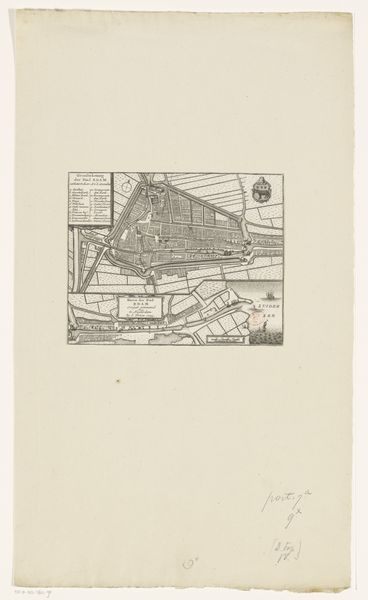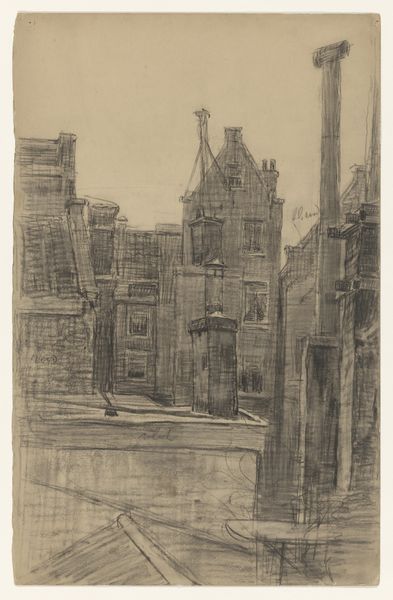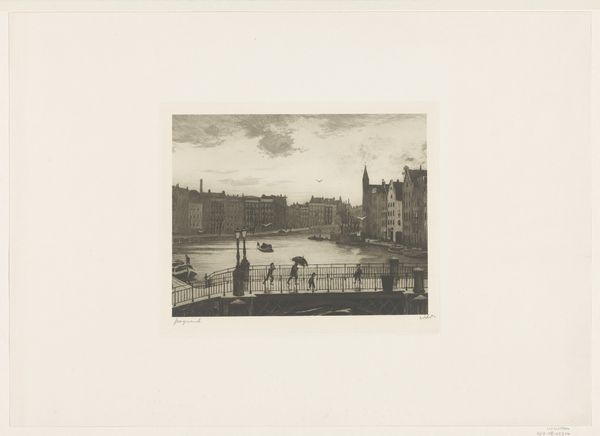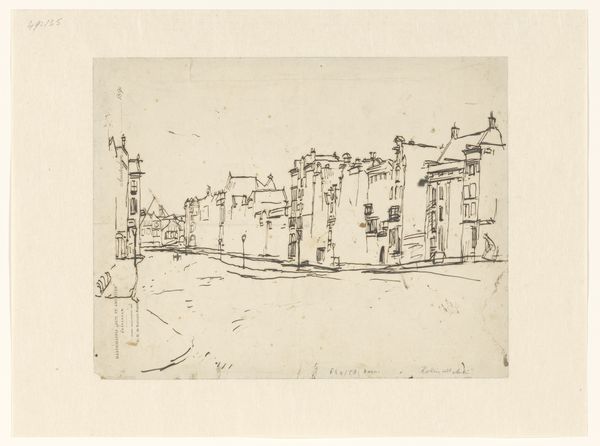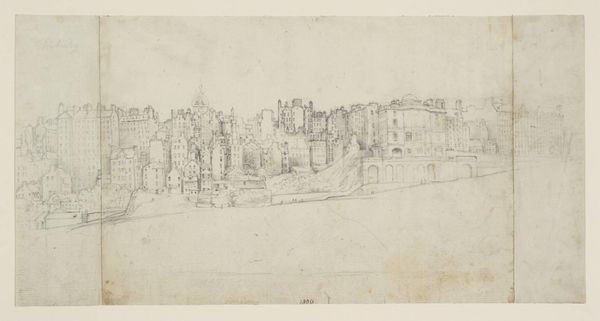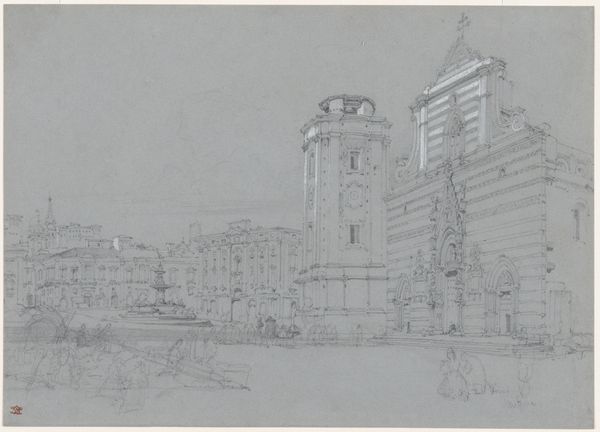
drawing, etching
#
17_20th-century
#
drawing
#
etching
#
etching
#
expressionism
#
cityscape
Copyright: Public Domain
Curator: Here we have Max Beckmann’s 1923 etching, “City View with ‘Eiserner Steg’ (Iron Bridge)." It offers a glimpse of Frankfurt am Main. Editor: Gosh, it's stark. A really beautiful kind of harshness in the way he captures the light and shadows. It makes me think of a woodcut, very graphic. Curator: Yes, his printmaking often has that powerfully direct feel. It's characteristic of Expressionism, this raw emotion rendered through form. Beckmann wasn't just depicting a city; he was channeling a feeling, the city's pulse. He had returned to Frankfurt after serving as a medical orderly in World War I. Editor: Knowing that really shifts the perspective. This isn’t just a cityscape; it’s a post-war cityscape. Look at the angular architecture, the bridge slicing across the composition – it's fractured. And that heavy sky... are we even sure that's sky, or a blank nothingness? Curator: Precisely! The 'Eiserner Steg', that iron bridge, becomes more than a landmark. It's a conduit, perhaps linking different emotional states, past and present. Notice the almost claustrophobic compression of space, and the rather uninviting lamps dominating the foreground, as if barriers to any kind of scenic reverie. It feels... heavy. Editor: It is heavy. It brings to mind the "lost generation" and how artists wrestled with trauma. Beckmann transforms the familiar urban landscape into an emotional topography. Do you get a sense, or is it just me, that the bridge feels both sturdy and fragile? As a means for hope perhaps? Curator: That is such an insightful observation. Its stark beauty lies in its honest representation of not just physical appearance, but that very human push and pull. So much so that it is no wonder why, after Frankfurt deemed him a ‘degenerate artist’ he had to leave a second time in the late 30s. Editor: Well, it is easy to see how it can be an unsettling reflection if one isn’t ready to stare into a complex society and its traumas, captured so acutely here in print. It is still, though, undoubtedly, beautifully made. Curator: Indeed, a potent reminder that art isn’t just about capturing what we see but also feeling the pulse of history through the artist's gaze.
Comments
No comments
Be the first to comment and join the conversation on the ultimate creative platform.
